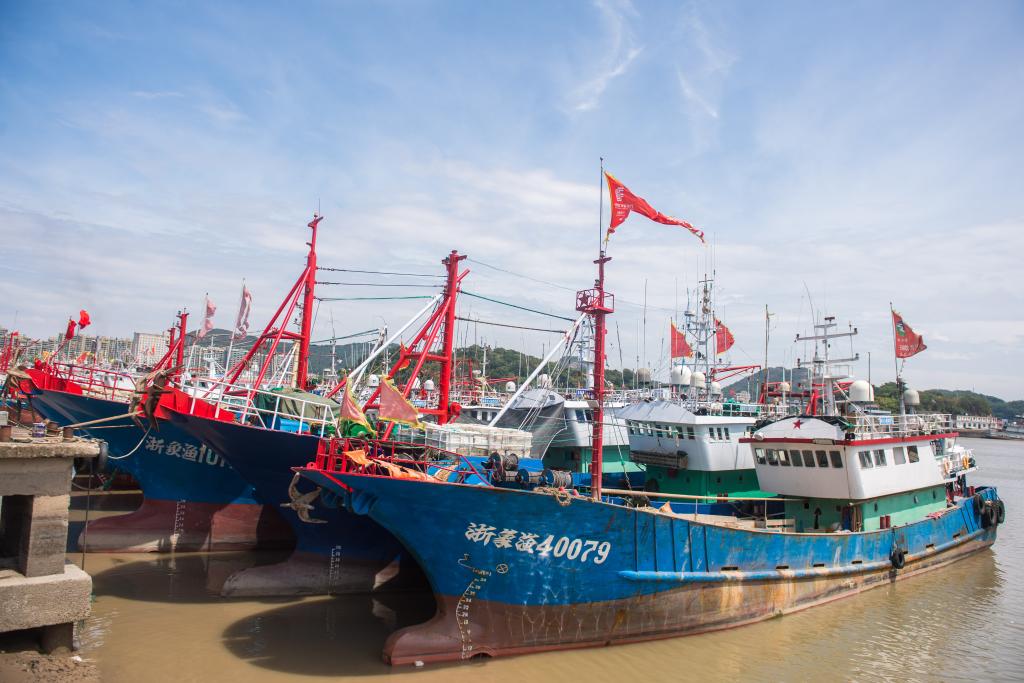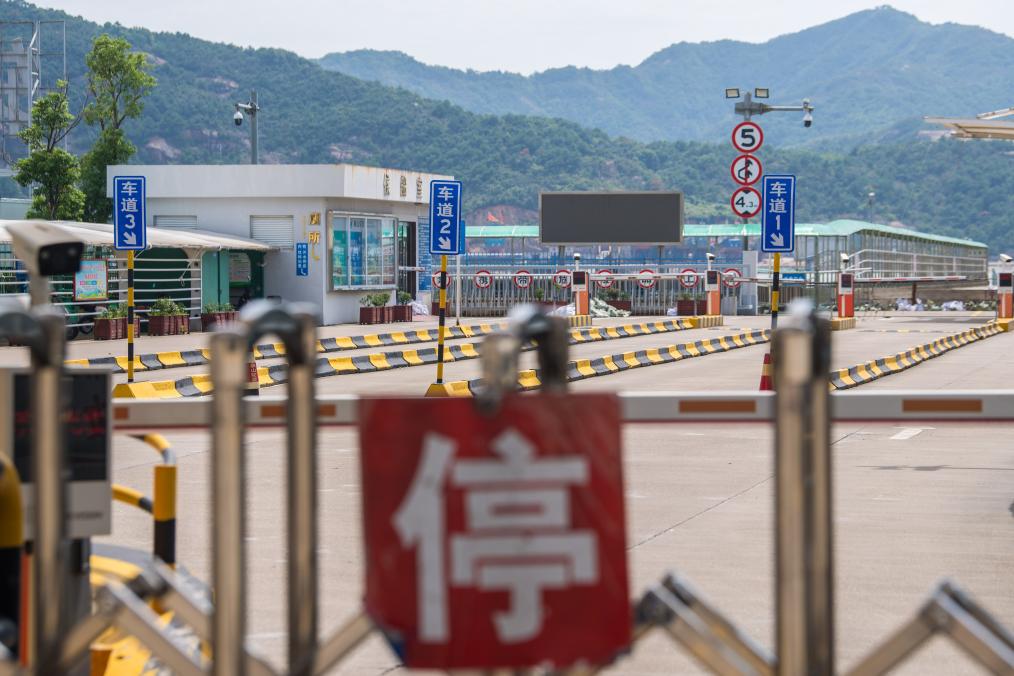
HANGZHOU - Authorities in East China's Zhejiang province have taken precautions against Typhoon Pulasan, the 14th typhoon of the year, which is expected to bring gales and rainstorms to the region.
At 9:30 am on Thursday, Zhejiang raised its emergency response for typhoon prevention to Level III.
As a result, all 72 passenger ferry route services in the city of Zhoushan have been suspended. In the city of Ningbo, a total of 20 coastal construction projects have been halted, while 352 vessels involved in these projects have been moved to safe waters for shelter.
ALSO READ: Central Chinese cities suspend class as Typhoon Bebinca nears
China's National Meteorological Center renewed its yellow alert for Typhoon Pulasan on Thursday morning.
Pulasan was located over the East China Sea, approximately 320 km southeast of Xiangshan county in Ningbo, at 10 am on Thursday. It is forecast to move rapidly northwest at a speed of 40 to 45 km per hour, with its intensity gradually increasing.
The typhoon is expected to make landfall along the coastal area from Xiangshan in Zhejiang to Pudong district in Shanghai on either Thursday afternoon or Thursday evening, the center said.

"This autumn, typhoons have been unusually active. Since the beginning of September, four typhoons have formed, with three of them impacting China," said Zhu Xuesong, a researcher at the Shanghai typhoon institute of the China Meteorological Administration. "The primary reason behind this is the abnormal behavior of subtropical high pressure."
Bebinca, the 13th typhoon of this year, made landfall in Shanghai on Monday. It is believed to be the strongest typhoon to hit the metropolis in 75 years.
READ MORE: Shanghai contends with impact of Typhoon Bebinca
Earlier this month, Super Typhoon Yagi, the strongest autumn typhoon to land in China since 1949, killed four people and injured 95 when it passed through China's southern island province of Hainan.
Zhu emphasized that the approaching Typhoon Pulasan's rapid movement and abundant moisture are likely to result in significant rainfall that should not be underestimated.
READ MORE: Typhoon Bebinca makes landfall in Shanghai
China has a four-tier emergency response system, with Level I being the most severe response, and a four-tier color-coded weather warning system, with red representing the most severe level, followed by orange, yellow and blue.


